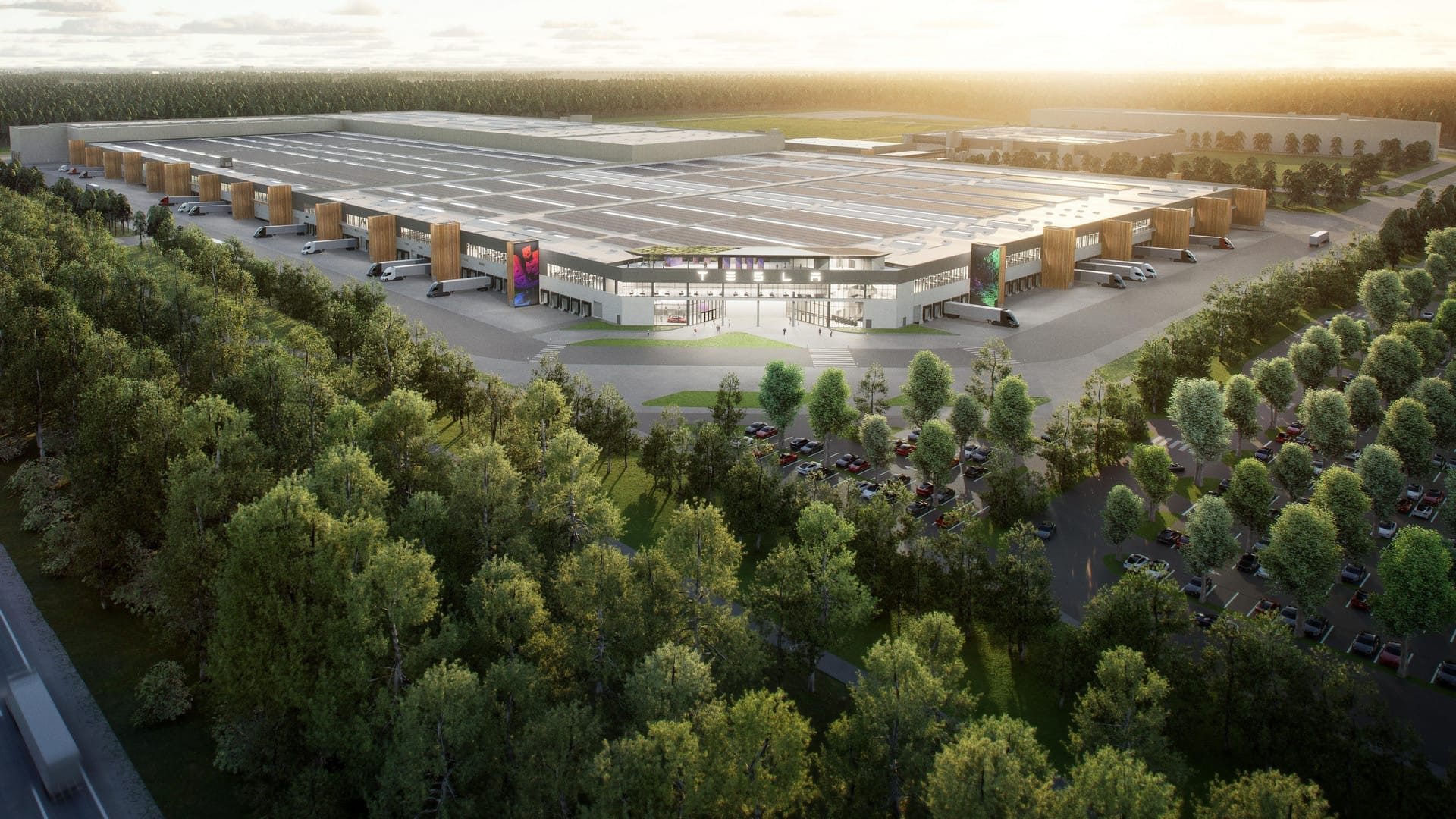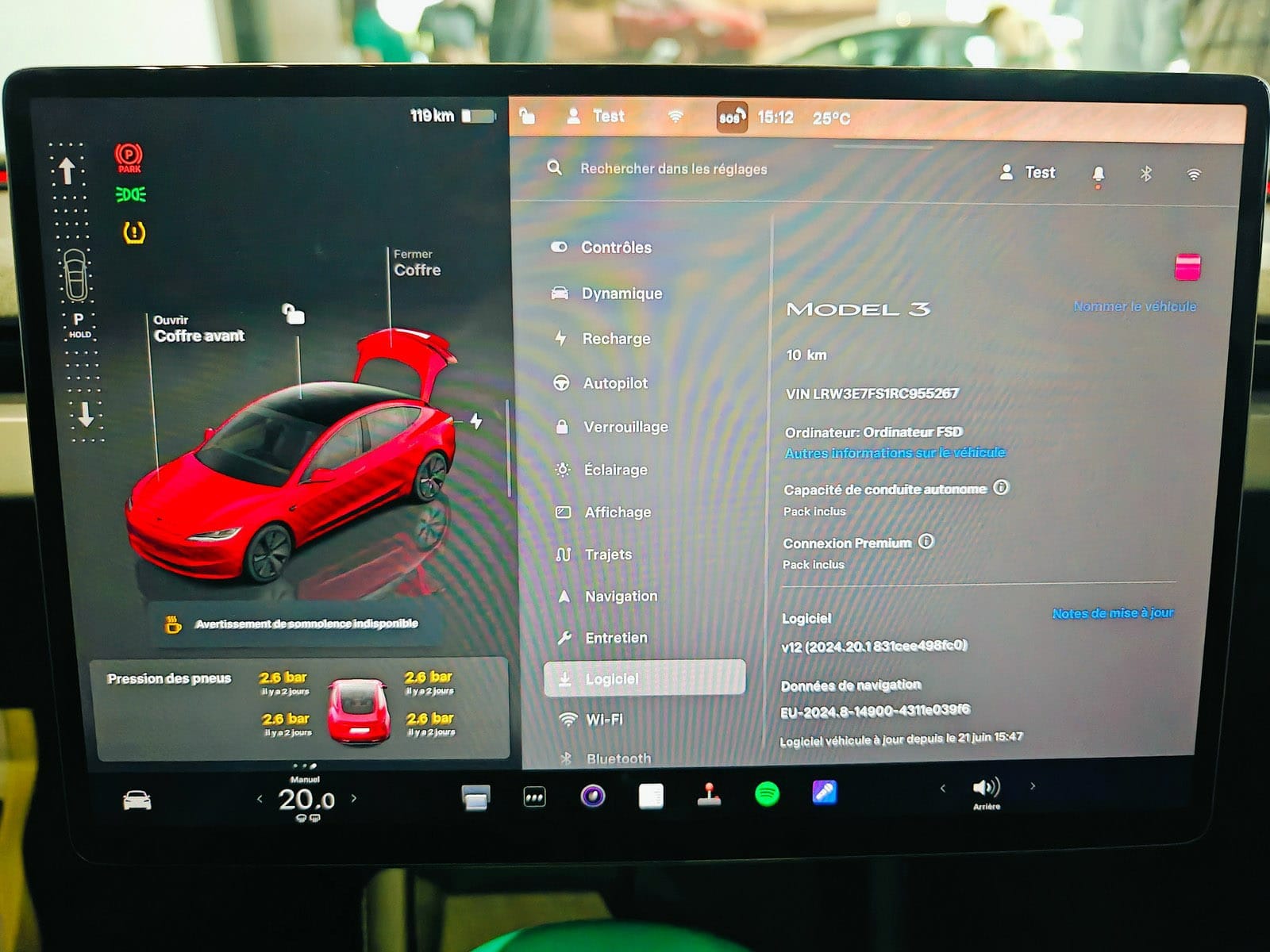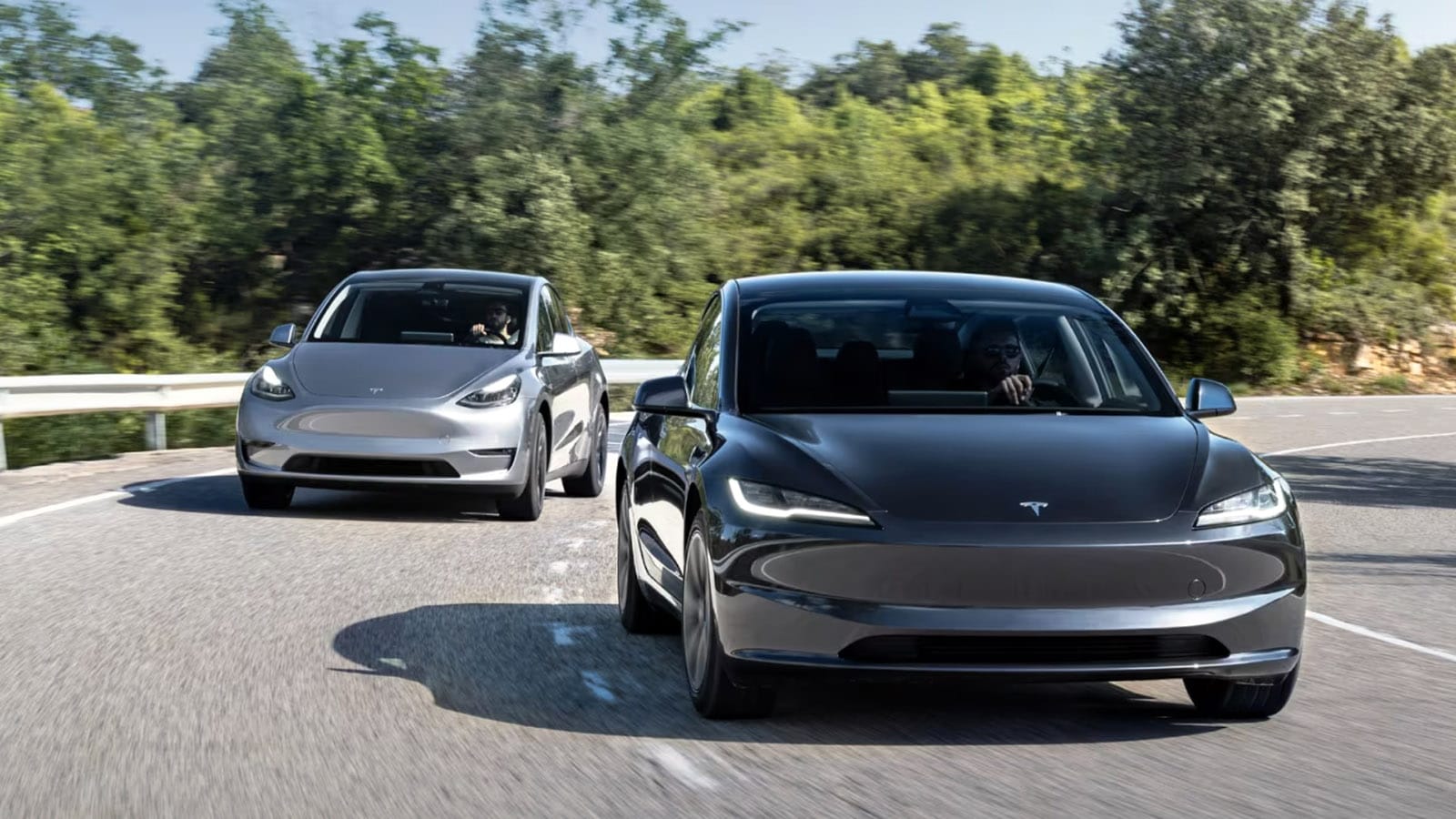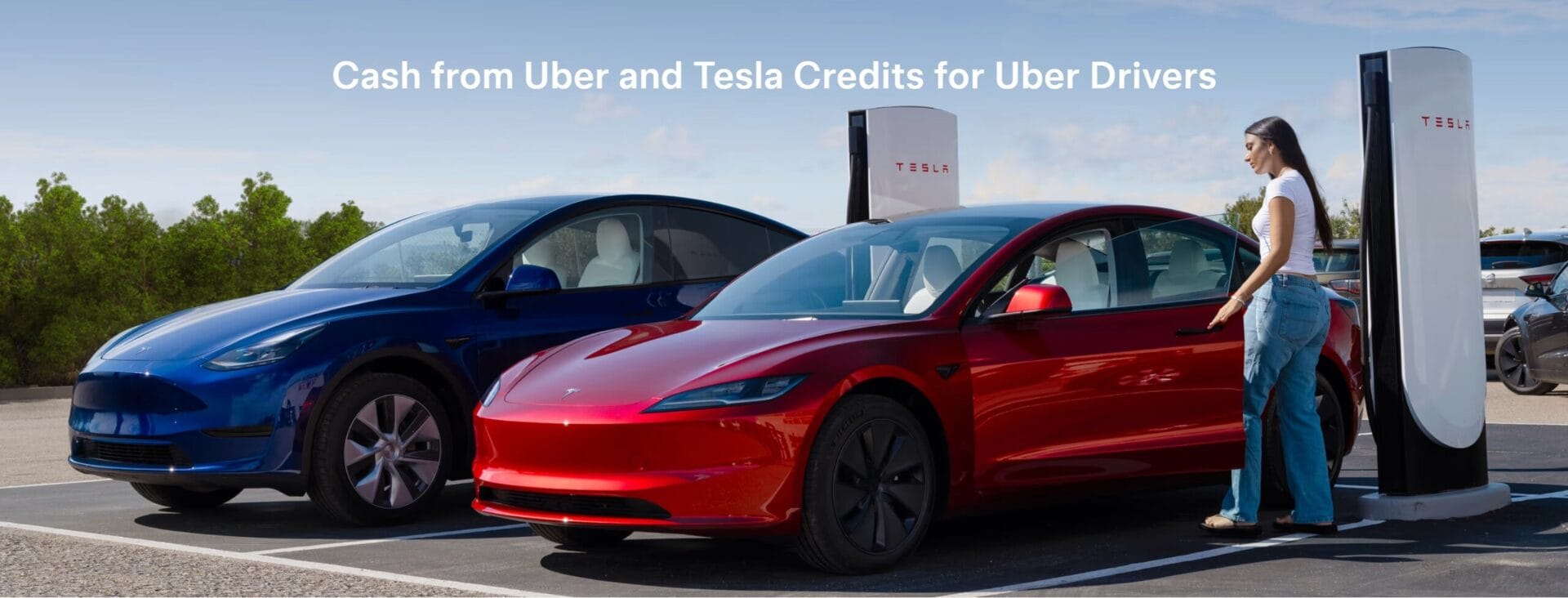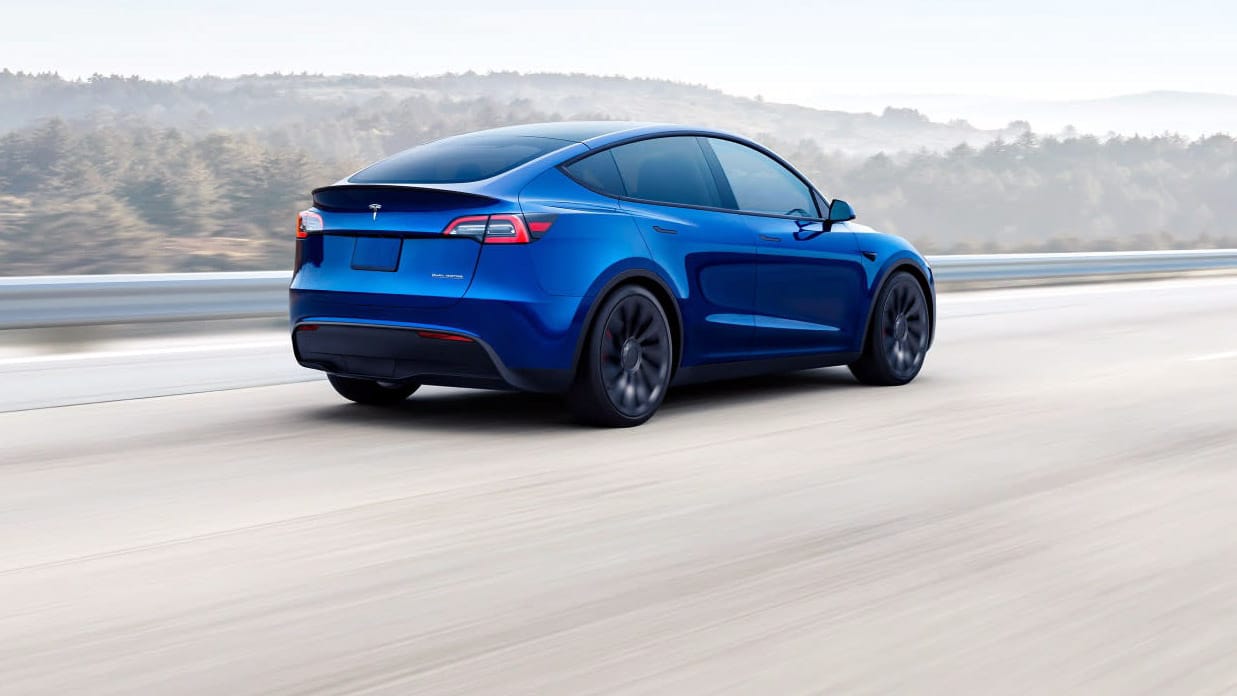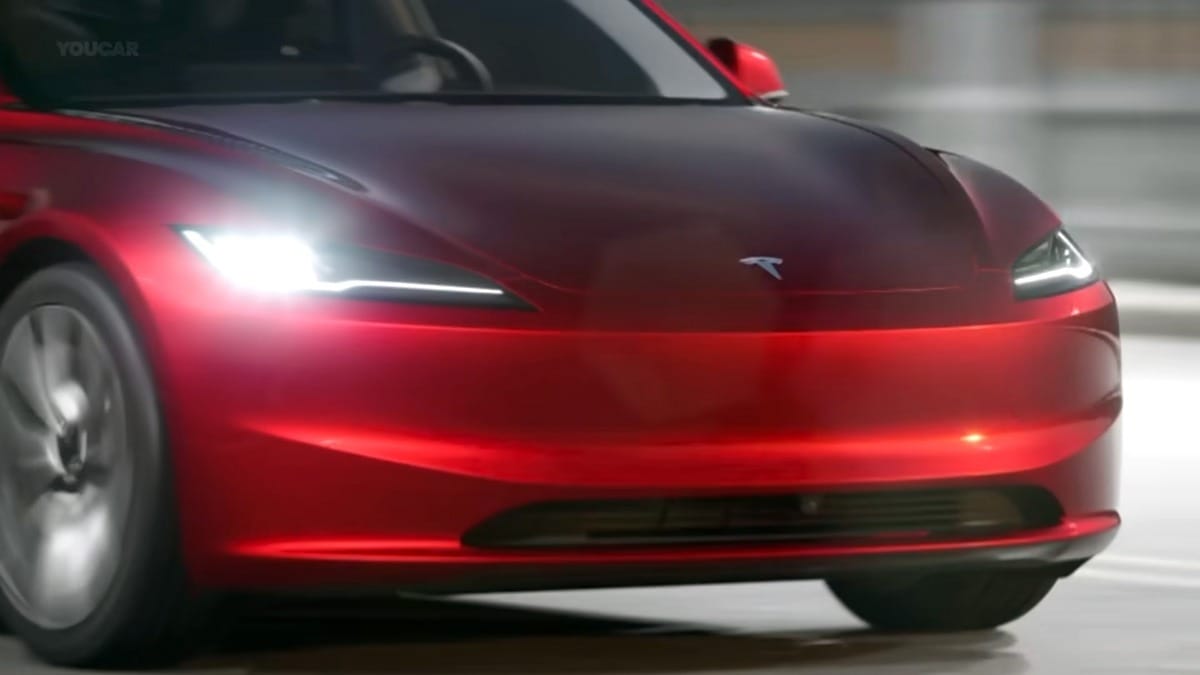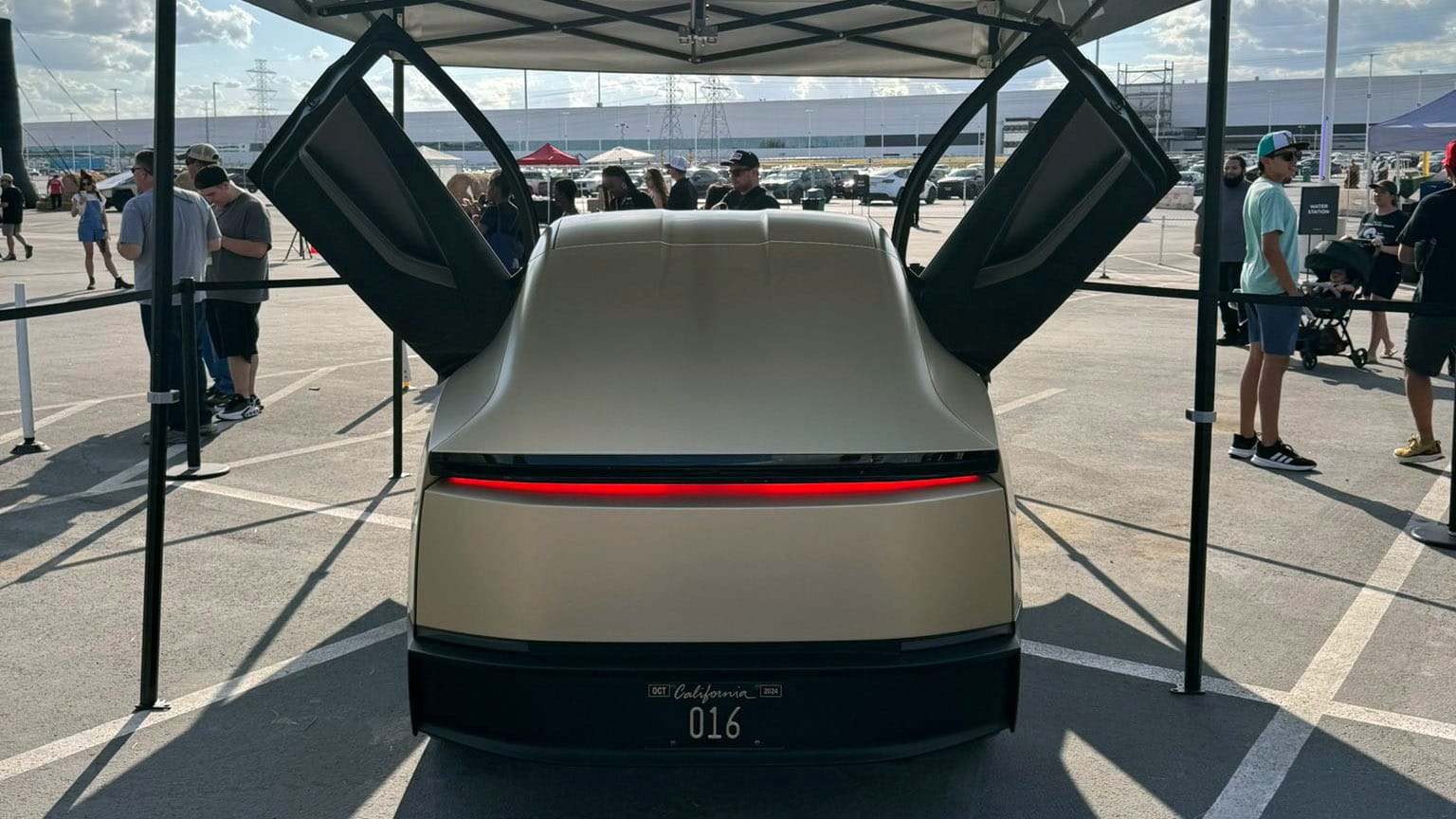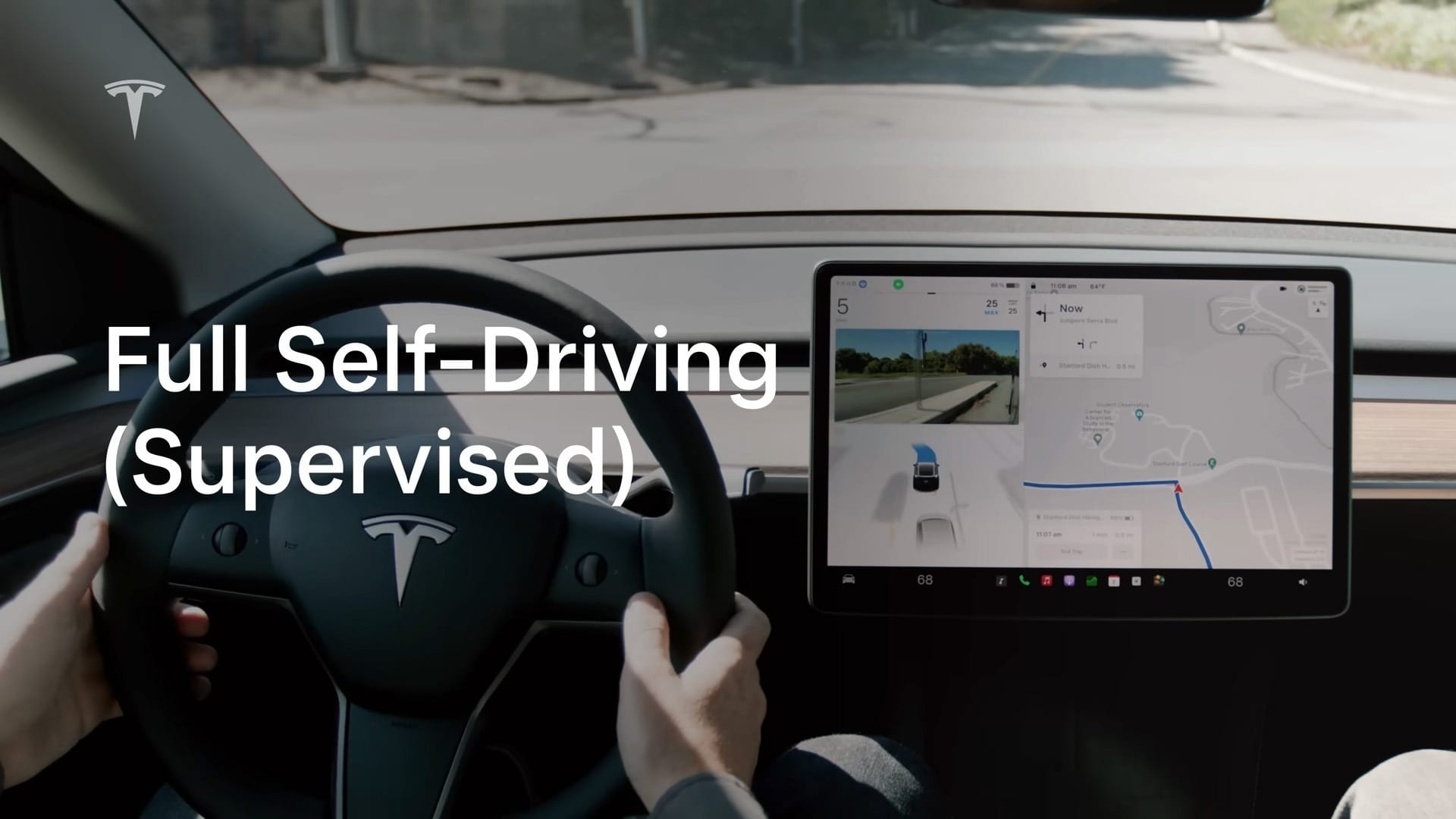Tesla has decided to abandon the idea of the Model 2, which was intended to be its most budget-friendly vehicle, with a starting price of around $25,000 after incentives.
Instead of launching this vehicle in 2026 as earlier speculated, Tesla will now focus on introducing the fully autonomous Robotaxi, which will fall within that same price bracket.
Elon Musk’s Insights
During the Q3 earnings call, Elon Musk stated that offering a Model 2 would be “pointless” since the company is moving forward with the autonomous Robotaxi, which he mentioned would be priced below $30,000. However, it isn’t clear if this figure refers to the price before or after incentives. Musk mentioned, “it’ll cost on the order of roughly $25,000, so it is a $25,000 car,” implying it might be after federal tax credits and other incentives.
Earlier in the call, he indicated that the Robotaxi’s price would be “with incentive sub-30k, which is kind of a key threshold.” This means that a $25,000 price point fits well within that range, making both statements appear to align with each other.
Comparison to Current Models
Moreover, Tesla currently has a vehicle that is somewhat under $30,000; the base Model 3 RWD is priced at $29,990 after “estimated incentives of $7,500 and 5-year gas savings of $5,000.” Since similar incentives will apply to the Robotaxi, Tesla would need to price it significantly lower than the Model 3, making the $25,000 price tag more reasonable. Given that the Robotaxi will feature only two seats and a compact 40 kWh battery offering a 200-mile range, its production costs are expected to be less than those of a Model 3, making a post-incentive price of $25,000 quite feasible.
Elon also mentioned that the manufacturing speed of the Robotaxi/Cybercab will surpass anything currently available, which will further help to cut down its per-unit costs:
“It’s especially not just a revolutionary vehicle design, but a revolution in vehicle manufacturing that is also coming with the Cybercab. The cycle time, like, the, the units per hour of the Cybercab line is – like, this is just really something special. I mean, this is probably a half order of magnitude better than other car manufacturing lines. Like not in the same league is what I’m saying.”
Future Strategies
This is why, rather than introducing an inexpensive Model 2, Tesla will aim to reduce the prices of its popular vehicles such as the Model Y and Model 3. The anticipated $25,000-$30,000 price range will be filled by the Robotaxi.
Lars Moravy, Tesla’s engineering head, also expressed that the company’s “mission has always been to lower the cost of our vehicles to increase the adoption of sustainable energy and transport,” emphasizing that “part of that is lowering the cost for current vehicles.”
To achieve this, Tesla aims to produce the most affordable EV batteries in the US next year, which could lead to lower prices for the Model 3 and Model Y. Reports indicate that Tesla is working on four different 4680 battery designs using a cost-saving dry cathode method for the Cybertruck, Model Y, Model 3, and ultimately, the Robotaxi, ensuring they remain competitive in pricing.

